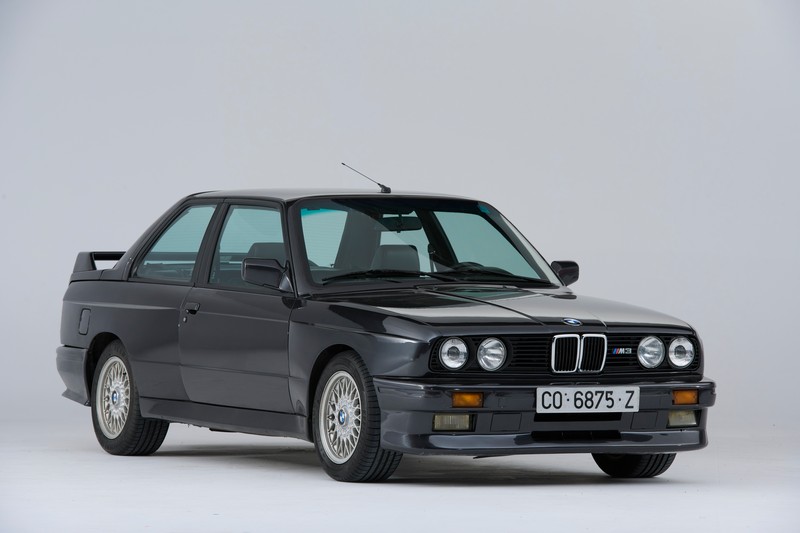
Both side gears spin with the carrier when both wheels are moving at the same speed, and the clutches aren't really needed - the only time the clutches step in is when something happens to make one wheel spin faster than the other, as in a turn. The spring pack pushes the side gears against the clutches, which are attached to the carrier. Some of these have a cone clutch that is just like the synchronizers in a manual transmission. This type of LSD has all of the same components as an open differential, but it adds a spring pack and a set of clutches. The solution to these problems is the limited slip differential.Ĭlutch Type: The clutch-type LSD is probably the most common version of the limited slip differential. And when the wheel with good traction is only getting the very small amount of torque that can be applied to the wheel with less traction, your car isn't going to move very much. It doesn't take much torque to make a tire slip on ice.


Remember that the open differential always applies the same torque to both wheels, and the maximum amount of torque is limited to the greatest amount that will not make the wheels slip. Now what happens if one of the drive wheels has good traction, and the other one is on ice? This is where the problem with open differentials comes in. If you give the car more gas after the wheels start to slip, the wheels will just spin faster. So, even though a car may be able to produce more torque, there needs to be enough traction to transmit that torque to the ground. In dry conditions, when there is plenty of traction, the amount of torque applied to the wheels is limited by the engine and gearing in a low traction situation, such as when driving on ice, the amount of torque is limited to the greatest amount that will not cause a wheel to slip under those conditions. There are two factors that determine how much torque can be applied to the wheels: equipment and traction. An open differential will always apply the same amount of torque to each wheel. The pinion gear turns the ring gear and carrier and none of the pinions within the carrier are rotating-both side gears are effectively locked to the carrier.

When a car is driving in a straight line, both drive wheels are spinning at the same speed. Open Differential: An open differential is the simplest type of differential. In most M cars, your vehicle came from the factory with a limited slip differential. In the majority of non M cars, the differential that came in your vehicle from the factory are called an open differential.

There are two types of differentials found in BMWs. Whether you're looking to alter the final drive gear ratio, or add limited-slip functionality to get all that power to the ground in the turns, we've got the knowledge to guide you in the right direction. Upgrading the differential in your BMW is one of the best ways to improve handling, acceleration, and all-around performance.


 0 kommentar(er)
0 kommentar(er)
